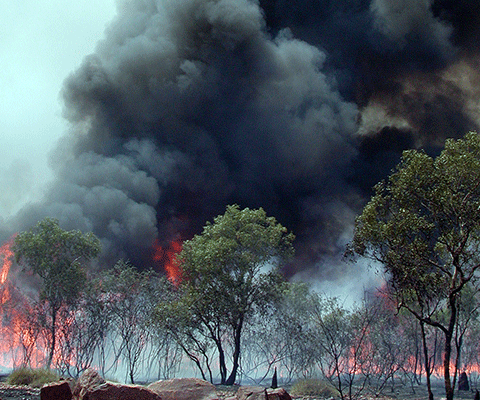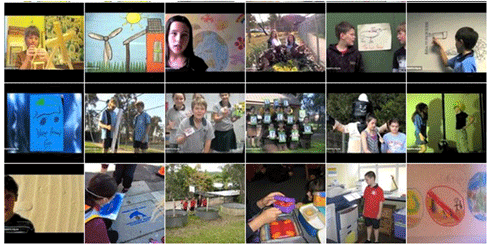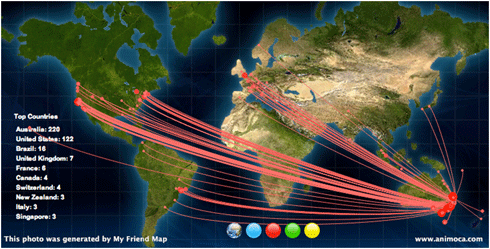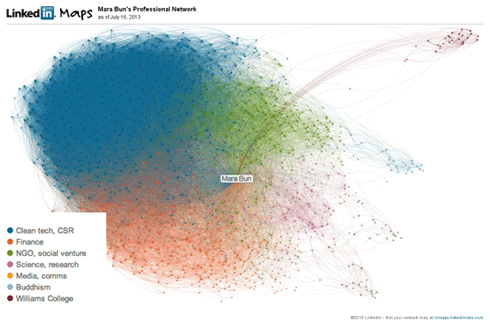
|
Published: 29 July 2013
Climate science and the tropics: recent findings
Results from the first long-term study of fine smoke particles from the burning of Top End savannas will enable the seasonal influence of aerosols on Australia's tropical climate to be included in climate models.

|
|
Fine particles generated by burning of the Top End’s tropical savanna are a globally significant aerosol source, with impacts on regional climate and air quality. Credit:
Susan Campbell, CSIRO
|
Australia's biomass burning emissions comprise eight per cent of the global total, ranking third by continent behind Africa (48 per cent) and South America (27 per cent).
Lead researcher, CSIRO's Dr Ross Mitchell, said fine particles generated by burning of the tropical savanna of Northern Australia are a globally significant aerosol source, with impacts on regional climate and air quality.
‘Aerosols play a very important role in modulating climate, yet the knowledge of perhaps the most basic piece of information – the seasonal climatology – remains undetermined for many aerosol producing regions.’
The research was recently published in Geophysical Research Letters.
Burning is widespread during the Top End’s dry season, with around 30 per cent of the savanna areas within Western Australia and the Northern Territory being burnt each season. Similar seasonal burning also takes place in the savanna regions of Queensland. Most of burning is carried out to reduce woody undergrowth and promote grass growth for grazing, although fires also occur naturally through lightning strikes.
In other new research, scientists have found out that rising temperatures, influenced by natural events such as El Niño, have a corresponding increase in the release of carbon dioxide from tropical forest ecosystems.
The study, published in the Proceedings of the National Academy of Sciences and facilitated by the NASA Earth Exchange (NEX), found that a temperature anomaly of just 1°C in near-surface air temperatures in the tropics leads to a 3.5-Petagram (billion tonnes of carbon) anomaly in the annual CO2 growth rate, on average.
This is the equivalent of one-third of the annual global emissions from the combustion of fossil fuels and deforestation.
Study co-author, CSIRO's Dr Pep Canadell, said the study's 50-year analysis centred on temperature and rainfall patterns during El Niño years, when temperatures increase in tropical regions and rainfall decreases.
An accompanying analysis assessed the effects of volcanic eruptions, which lead to decreased temperatures due to volcanic aerosols in the atmosphere.
‘What we have is a strong and robust coupling between seasonal variations in atmospheric CO2 growth and tropical temperatures over the past 50 years and this provides us with a key diagnostic tool to assist in our understanding of the global carbon cycle,’ said Dr Canadell, who is also Executive Director of the Global Carbon Project.
The research team found that year-to-year changes in temperature over the tropics act in concert on both photosynthesis (absorption of carbon dioxide) and respiration (release of carbon dioxide), the two important mechanisms that naturally regulate year-to-year changes in atmospheric carbon dioxide concentrations.
‘For example, a rise in temperature over the tropical regions results in a decline in photosynthesis as well as an increase in carbon losses through respiration, amplifying the temperature effect on carbon cycling’ said Rama Nemani, from the NEX project.
The study highlights the importance of long-term observations of temperature and carbon dioxide, simple yet crucial, for improving our understanding of the Earth system.
Source: CSIRO






